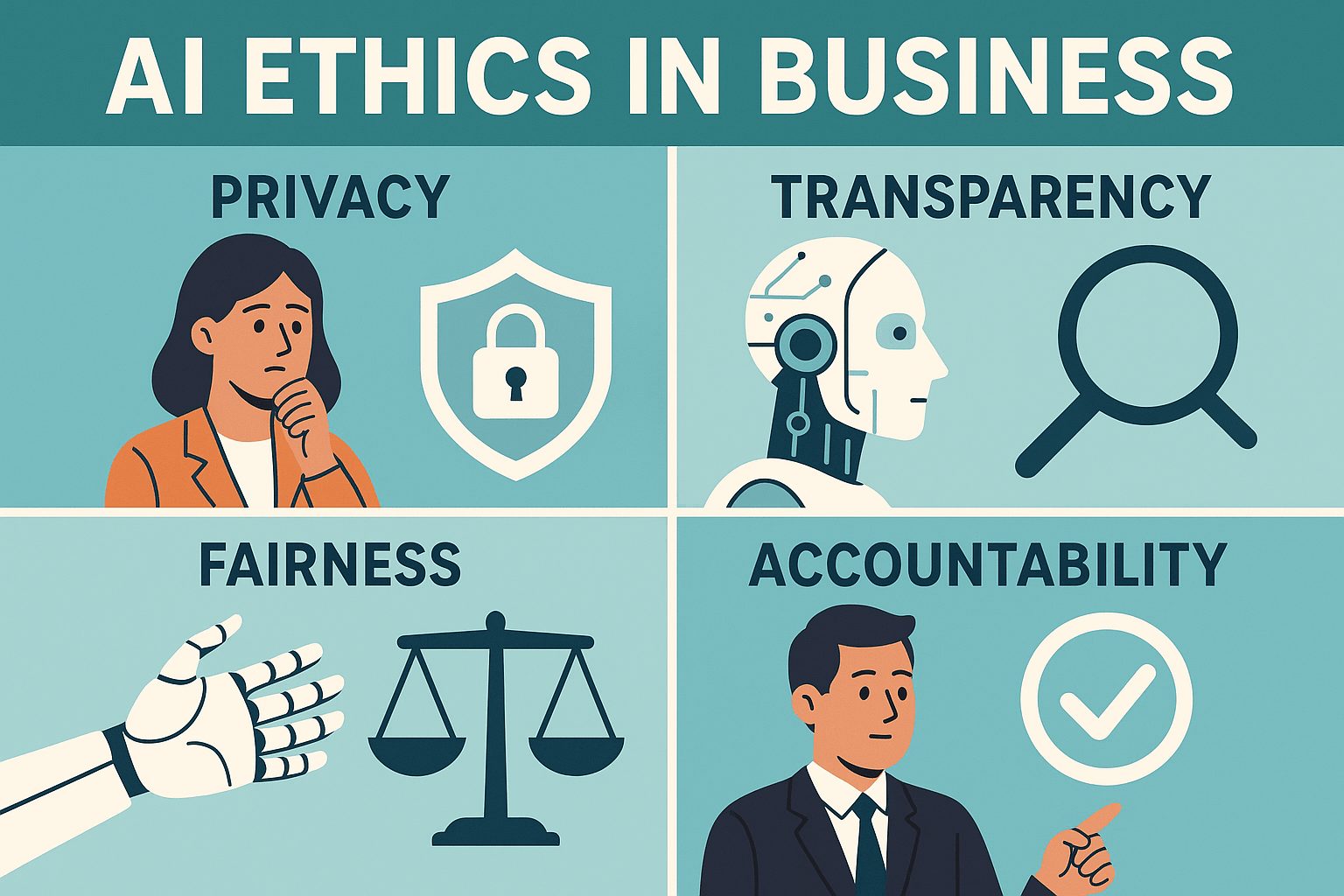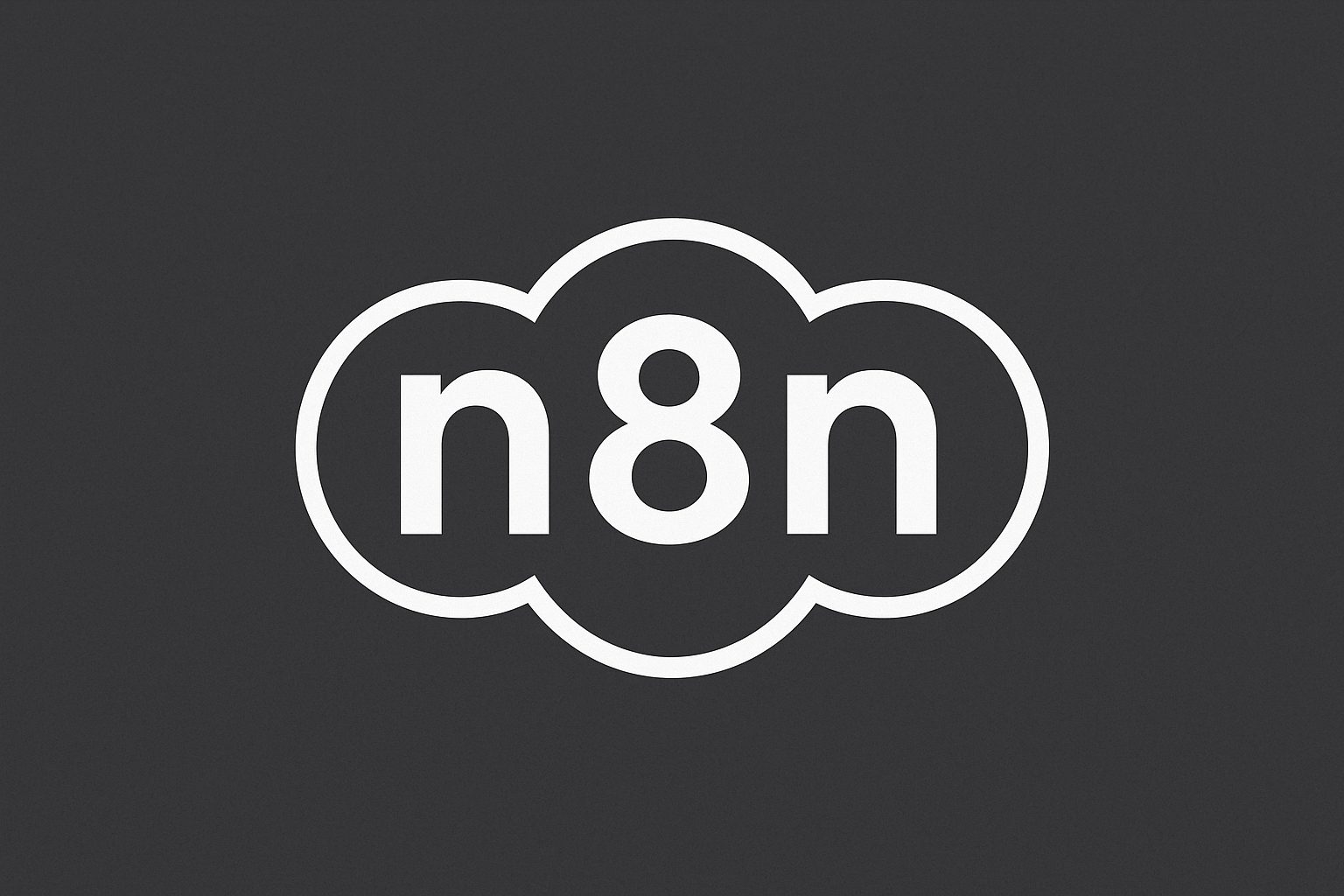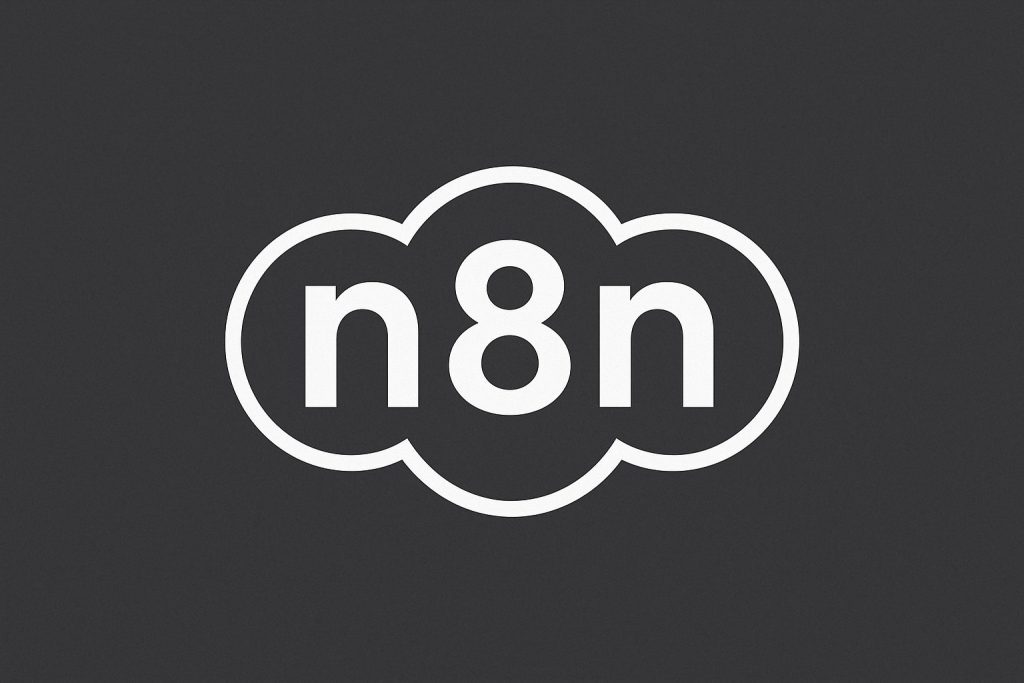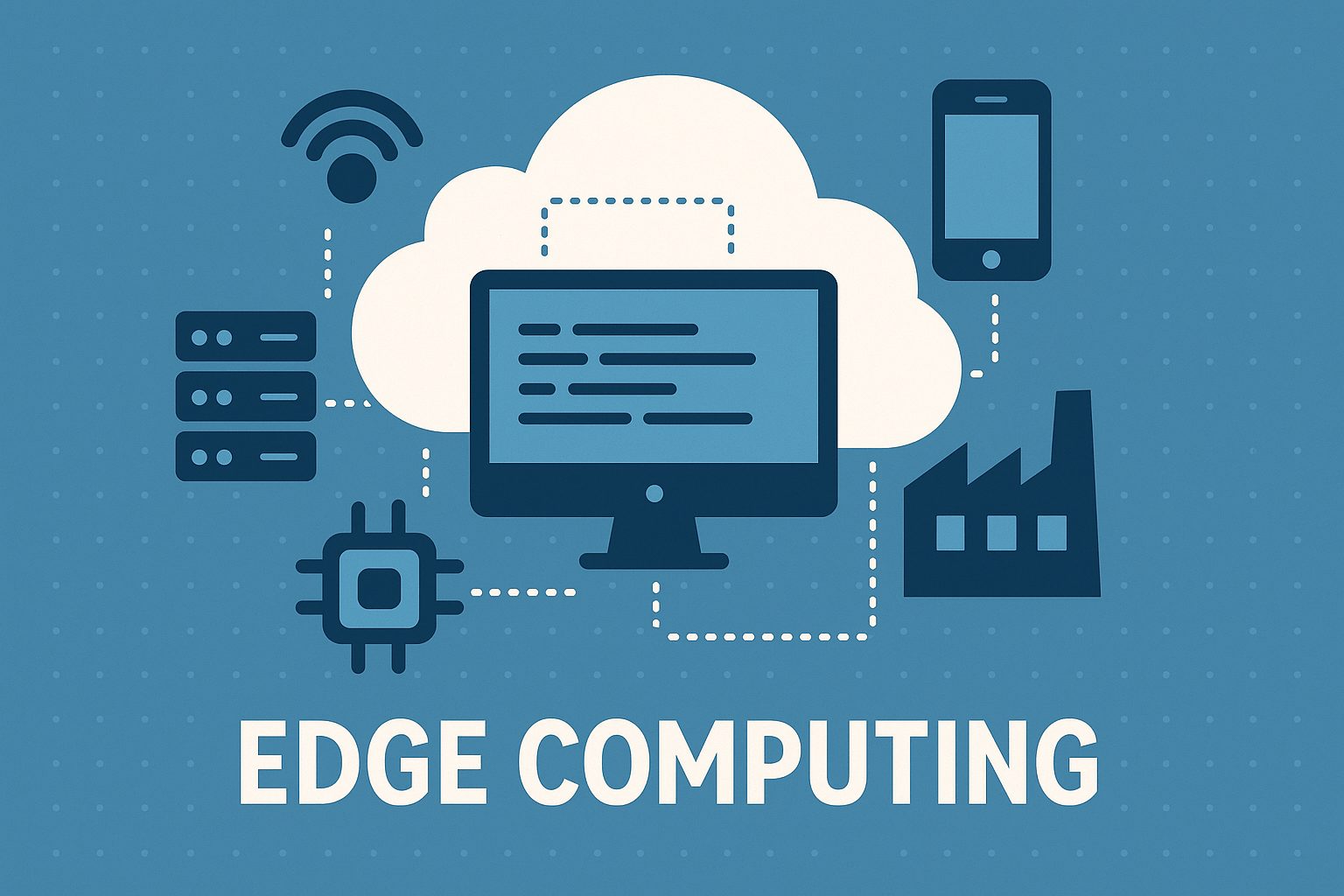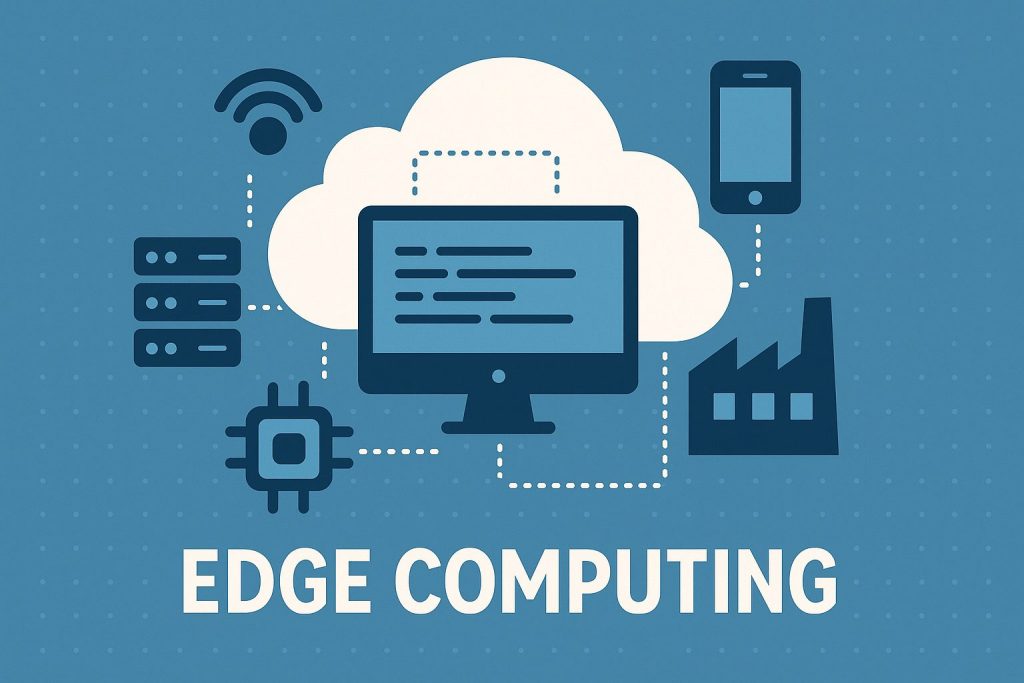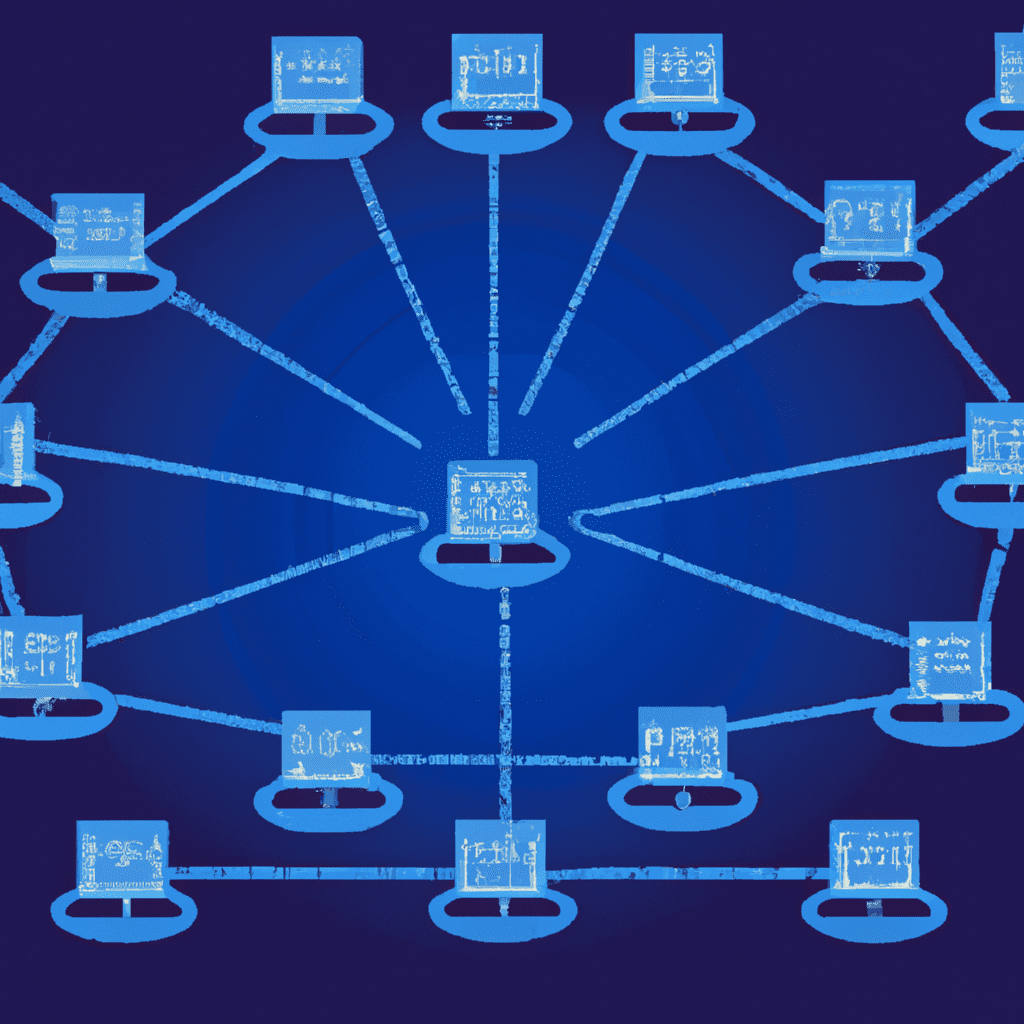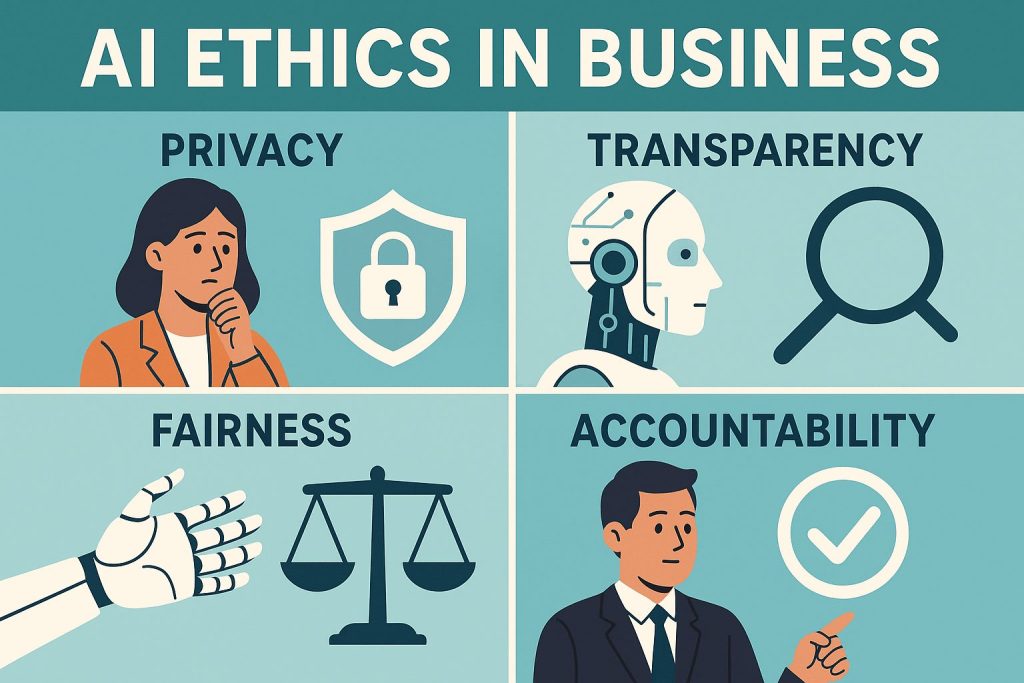
Artificial Intelligence has revolutionized how businesses operate, unlocking new levels of efficiency, automation, and data-driven decision-making. Yet, as companies adopt AI at scale, the conversation is shifting from mere technological potential to the ethical implications behind these advancements. AI ethics is no longer a niche concern—it’s becoming a key component of sustainable business growth and brand trust. In this article, we’ll explore how AI ethics shapes the future of modern business, why it matters, and what companies can do to lead responsibly in this new era.
Understanding AI Ethics in Modern Business
AI ethics refers to the moral principles and guidelines that govern the design, development, and deployment of artificial intelligence systems. In the modern business landscape, these ethics ensure that AI tools are transparent, unbiased, and respect human values. Organizations are becoming increasingly aware that AI systems can unintentionally reflect biases present in the data they learn from, leading to unfair or discriminatory outcomes.
Businesses incorporating AI into their operations must consider ethical factors from the start. This means developing algorithms with accountability, data privacy, and human welfare in mind. For instance, when an AI-driven hiring platform is used, fairness must be maintained to avoid bias against candidates from underrepresented backgrounds.
As companies scale AI-driven decisions, they are also confronted with the need to comply with regulations like the EU AI Act and data protection laws. Ethical AI isn’t just about good intentions—it’s about responsible compliance, transparency in algorithms, and maintaining user trust in the long run.
Why Ethical AI Matters for Future Growth
Ethical AI directly influences brand reputation, customer trust, and long-term profitability. Consumers today are highly conscious about how businesses handle technology and personal data. When a company demonstrates responsibility in how it uses AI, it builds deeper trust with its customers, investors, and the public.
Furthermore, businesses that prioritize ethical AI often unlock more sustainable growth. Responsible AI practices help companies avoid financial and reputational damage caused by data breaches, algorithmic bias, or misuse of automation. This reduces risks and creates opportunities for innovation that aligns with core company values and regulations.
The rise of AI in sectors such as healthcare, finance, and logistics means that ethical frameworks will soon become a competitive advantage. Brands that take the lead in ethical AI will attract not only loyal customers but also top talent who want to work with organizations committed to positive technological impact.
How Companies Build Trust Through AI Ethics
Trust is the foundation of successful business relationships, and in the age of AI, it extends to algorithms and technology. To build trust, companies must adopt transparent AI systems that clearly communicate how decisions are made. Explainable AI frameworks help customers and partners understand why an algorithm produced a particular output, minimizing the fear of “black box” decisions.
Another essential part of building trust is accountability. Establishing internal AI ethics committees and oversight boards allows businesses to evaluate potential risks and develop strategies for mitigation. This proactive approach ensures that ethical guidelines are upheld throughout the project lifecycle, from data collection to deployment.
Engaging the public through open communication is also vital. When businesses share how they adhere to AI ethics, they encourage responsible dialogue and raise the bar for industry standards. This not only fosters credibility but also nurtures customer loyalty based on shared values and transparency.
Balancing Innovation and Responsibility in AI
AI innovation and ethical responsibility should not be seen as opposing forces. In fact, they complement each other. Responsible innovation encourages creativity within safe boundaries, ensuring that new tools serve both business goals and societal well-being. When companies integrate ethical considerations early in development, they unlock innovation that is both sustainable and future-ready.
Balancing these two elements requires careful strategy. While AI can drive growth and competitive advantage, companies must ensure that efficiency does not come at the cost of fairness or privacy. This includes responsible data sourcing, continuous monitoring of outcomes, and collaboration between technical teams, legal experts, and ethicists.
Ultimately, the companies that thrive will be those capable of innovating responsibly. They will set themselves apart by combining technological excellence with moral integrity—delivering value without compromising public trust or ethical standards.
Preparing Your Business for an Ethical AI Future
Preparing for an ethical AI-driven future starts with culture. Businesses need to educate their teams about responsible AI practices and empower employees to identify and address ethical dilemmas. This cultural foundation encourages transparency, accountability, and proactive engagement with emerging technologies.
Next, implementing technical frameworks for ethical AI is essential. This includes tools for bias detection, data security, and fairness evaluation. Businesses should also adopt clear policies for data governance and AI auditing to ensure compliance and maintain high standards of integrity.
Finally, collaboration will shape the future of AI ethics. Companies, governments, and research institutions must work together to establish global standards and practices. A collective approach ensures that businesses not only adapt to evolving technologies but also lead the way in creating a more equitable digital economy.
Q&A: Common Questions About AI Ethics in Business
Q: How can small businesses implement AI ethics without large budgets?
Small businesses can start by following open-source ethical AI frameworks, ensuring transparency in data usage, and adopting policies for data privacy and fairness. Responsible practices can scale as the company grows.
Q: Are there tools available to help monitor AI ethics?
Yes, many AI auditing tools can evaluate algorithms for bias and compliance. Popular tools include open-source frameworks that assess data fairness and ensure accountability throughout the AI lifecycle.
Q: How does AI ethics impact marketing and SEO?
Ethical AI supports honesty and transparency in data-driven marketing, helping build authentic relationships with customers. It ensures that targeting and personalization respect user privacy and consent.
AI ethics is no longer just a discussion for academics or policymakers—it has become a real-world business imperative. Modern organizations that prioritize ethical AI gain a competitive advantage in trust, brand loyalty, and sustainable growth. By embedding ethics into every layer of AI development and deployment, businesses can drive meaningful innovation while contributing to a responsible and transparent digital future.
